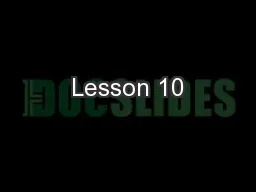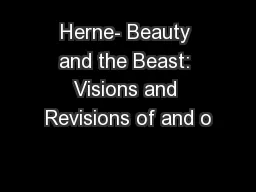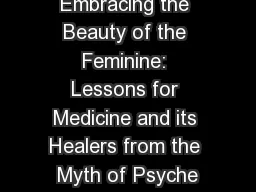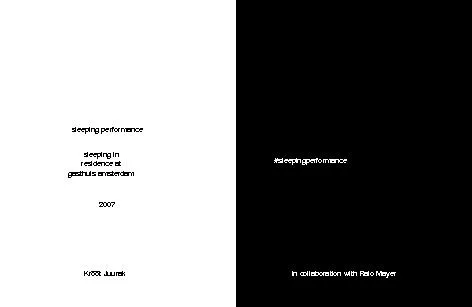PDF-Sleeping Beauty and the absentminded driver Jean Baratgin Institut Jean Nicod GREQUAM
Author : mitsue-stanley | Published Date : 2015-01-24
baratginunivm edfr Bernard Walliser ENPCEHESS wallisermailenpcfr Abstract The Sleeping Beauty problem is presented in a forma lized framework which justifies the
Presentation Embed Code
Download Presentation
Download Presentation The PPT/PDF document "Sleeping Beauty and the absentminded dri..." is the property of its rightful owner. Permission is granted to download and print the materials on this website for personal, non-commercial use only, and to display it on your personal computer provided you do not modify the materials and that you retain all copyright notices contained in the materials. By downloading content from our website, you accept the terms of this agreement.
Sleeping Beauty and the absentminded driver Jean Baratgin Institut Jean Nicod GREQUAM: Transcript
Download Rules Of Document
"Sleeping Beauty and the absentminded driver Jean Baratgin Institut Jean Nicod GREQUAM"The content belongs to its owner. You may download and print it for personal use, without modification, and keep all copyright notices. By downloading, you agree to these terms.
Related Documents














